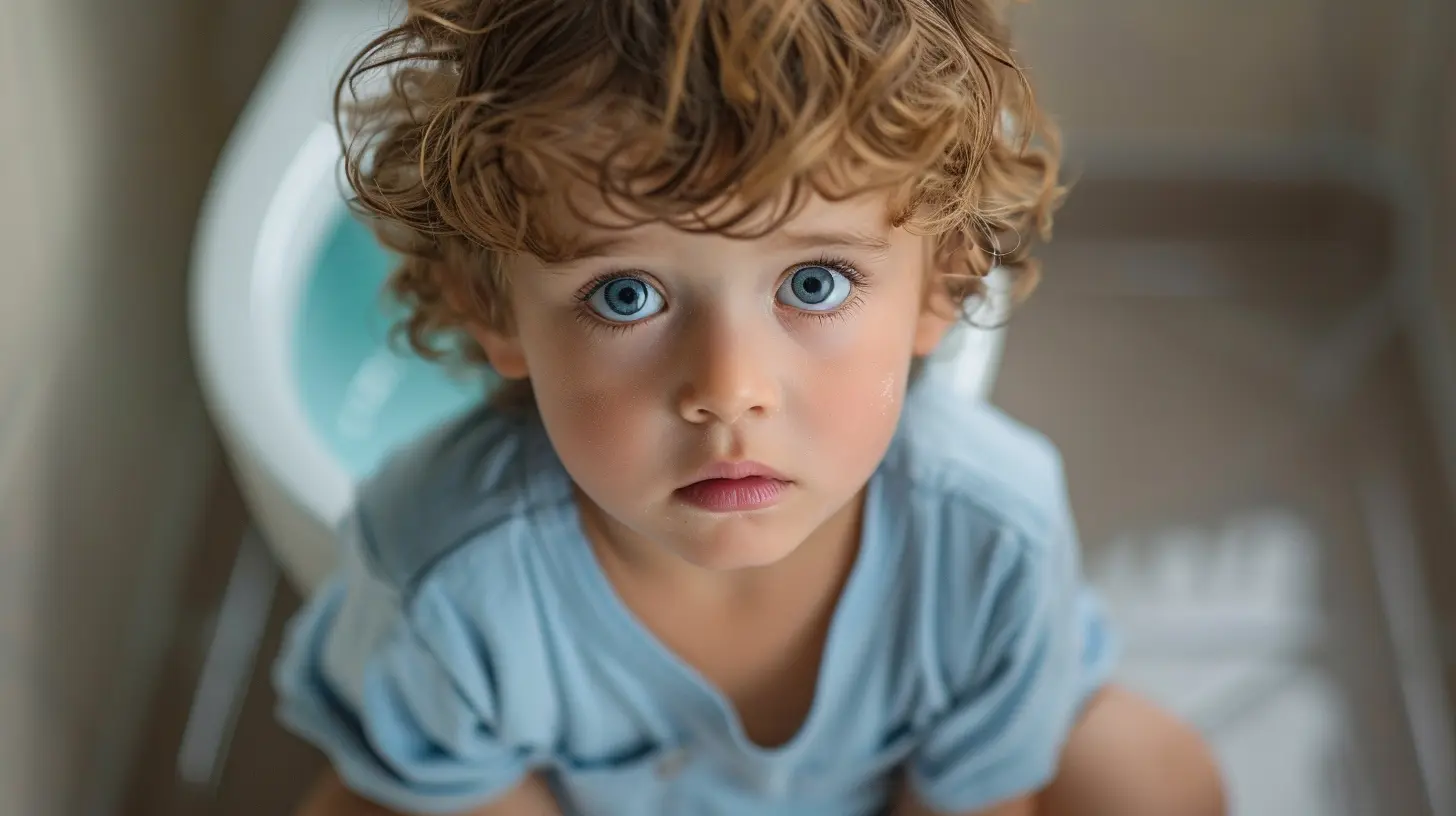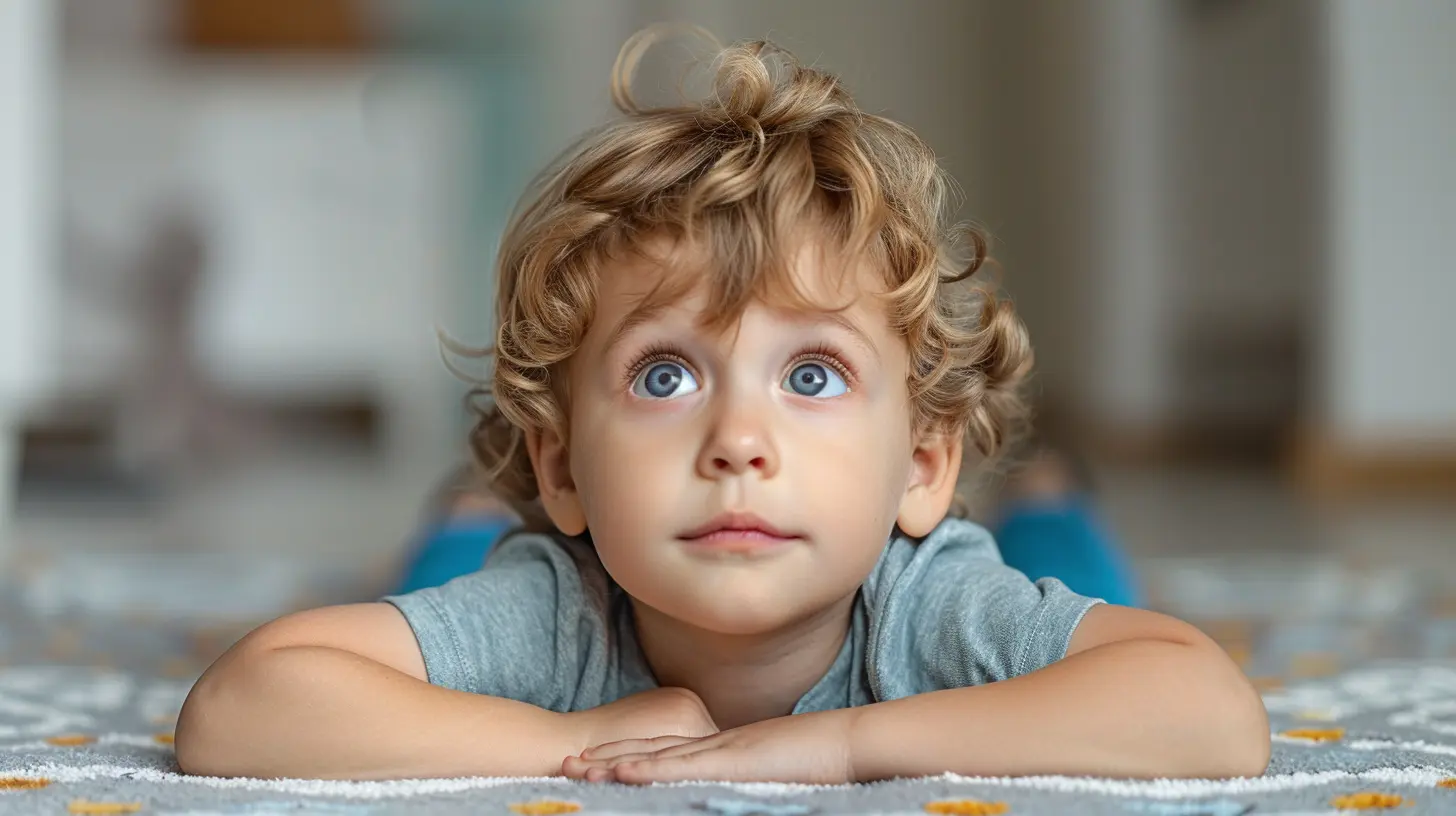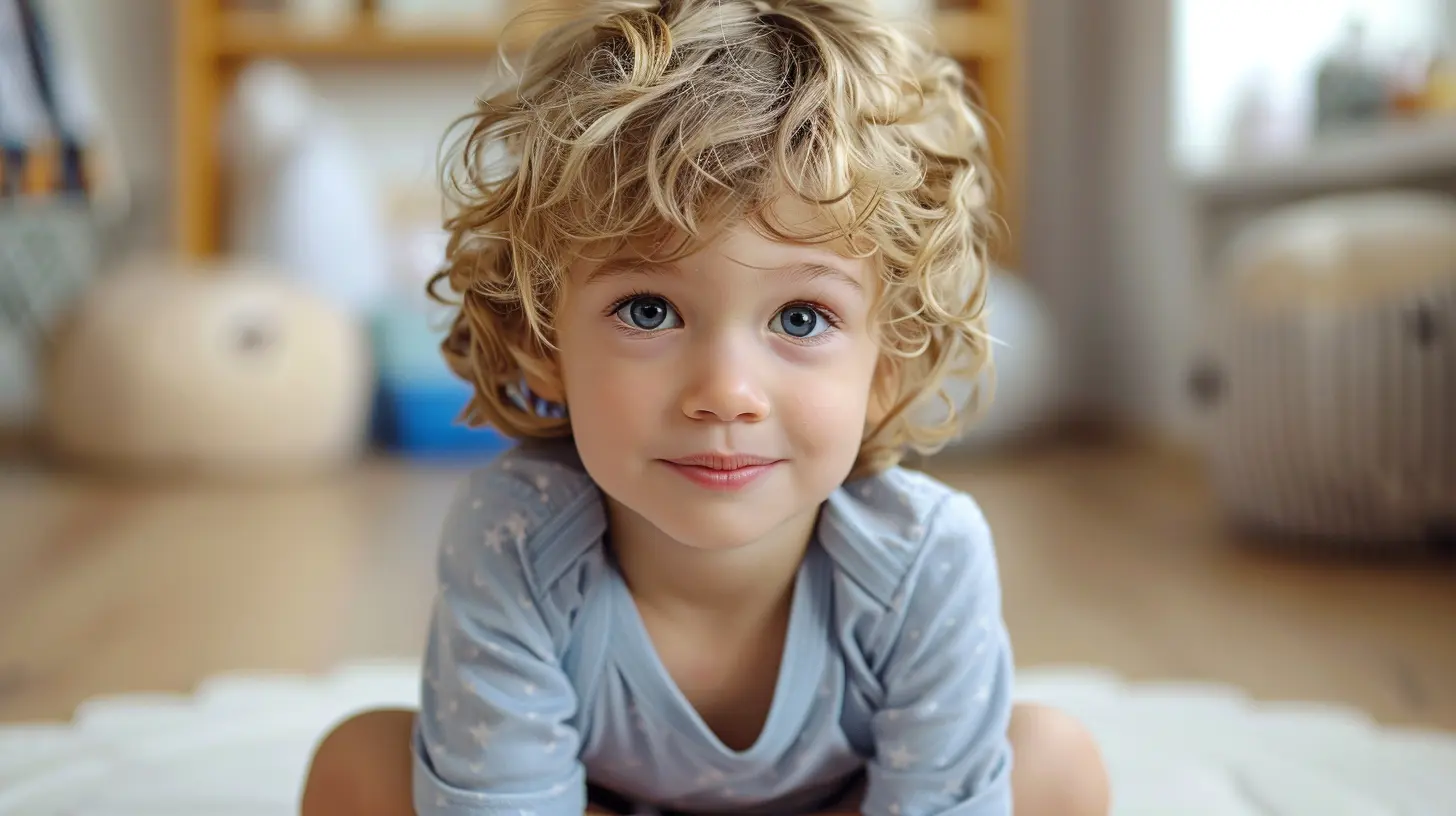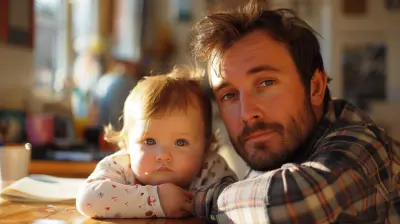Life After Potty Training: What Happens Next?
22 November 2025
So your little one has finally ditched the diapers—cue the confetti! 🎉 After what felt like a never-ending cycle of sticker charts, potty songs, and gentle reminders, your child is now mostly (or fully) potty trained. You might feel like you've climbed a parental Mount Everest. But before you get too comfy, let’s talk about what comes next. Because yes, life after potty training is a whole new chapter—and it comes with its own unique twists and turns.
Whether you're celebrating dry nights, dealing with a few regression hiccups, or wondering about bathroom independence, there’s still stuff to consider. So grab a cup of coffee, put your feet up (if your toddler isn’t climbing you right now), and let’s chat about this next stage together.
The Transition Phase: It’s Not Over Just Yet
Okay, here's the truth: potty training isn’t like flipping a light switch. Just because your kid is now wearing “big kid” underwear doesn’t mean your job is done. There’s a transitional period that doesn’t always get talked about.Expect Accidents (Yes, Still)
You’ve likely already experienced the “I HAVE TO GO RIGHT NOW!” moments. And sometimes they make it. Other times? Not so much. Accidents are still part of the journey—even after they seem consistently dry.Kids’ bodies are still learning to interpret and respond to signals. They’re figuring out not only when to go, but when it’s okay to wait. So don’t pack away the stain remover just yet!
Pro Tip: Keep a change of clothes in your bag for a few more months (or years). It's the real parenting MVP.
Nighttime Dryness: A Whole Different Ballgame
“Wait, what do you mean we're not done?” Yep, this one surprises a lot of parents.Dry nights often come long after daytime potty training—and that’s totally normal. It’s not about laziness or forgetfulness. Some kids simply develop bladder control during sleep later on.
When Should You Worry?
If your child is still wetting the bed regularly past age 6 or 7, a chat with your pediatrician can help rule out any underlying issues. But before that? Patience, my friend. Night training is a marathon, not a sprint.In the meantime, investing in waterproof mattress protectors can save your sanity (and your mattress!).
Independence in the Bathroom: Baby Steps Count
Teaching your child to use the potty is one thing. Teaching them to manage the entire bathroom process—well, that’s something else entirely.Beyond “I Need to Pee!”
This includes wiping themselves (correctly 🙃), properly washing their hands, flushing every time (seriously, why do they forget this?), and pulling up pants in a way that doesn’t invite plumber-butt situations.Encourage independence, but be ready to assist as needed. This stage is all about gradual responsibility. And yes, it can get messy. Literally.
Emotional Milestones: A Confidence Booster
Let’s not underestimate the emotional impact of this big developmental step. For a toddler or preschooler, mastering the potty is a huge confidence boost.They’ve stepped into the “big kid” world.
Celebrate the Win
Don’t forget to keep celebrating those dry days and bathroom victories. A high-five, a fist bump, or even a silly potty dance can go a long way. The emotional reinforcement helps maintain momentum and reinforces their sense of pride.Potty Regression: Yes, It’s a Thing
Right when you're about to give yourself a gold star, BAM—your potty-trained child starts having accidents again. What gives?Why Does Regression Happen?
There are tons of reasons: a new sibling, starting daycare, moving, or even just pushing boundaries (because toddlers gonna toddler). Potty regression is super common and usually temporary.How to Handle It
Stay calm and consistent. Go back to basics if needed—gentle reminders, a regular potty schedule, or even rewards again. Avoid shaming or punishment. Regression isn’t about being naughty; it’s about adjusting.Public Restrooms: The Next Boss Level
We’ve all been there—you're out shopping and suddenly hear, “I need to go potty!” Cue the scramble.Preparing for Potty Time in the Wild
Let’s just admit it: public restrooms are their own circle of parenting chaos. They’re loud, some have those terrifying automatic flushers, and your child may be too short to reach anything.Be prepared:
- Keep a travel potty or seat adapter in the car
- Teach them how to hover if necessary (and safe!)
- Carry a “bathroom bag” with wipes, hand sanitizer, tissues, and change of clothes
This is just another part of the bathroom battleground—but you’ve totally got this.
Clothing Choices: Function Over Fashion (Sometimes)
Post-potty-training wardrobes may need a tiny overhaul. Suddenly, that adorable romper isn’t so practical when your toddler needs to pee... like, now.Choose Easy-On, Easy-Off Clothes
Elastic waistbands are your new BFF. Skip overalls, buttons, zippers, and tight leggings when you’re on the go or at school. Practice dressing and undressing at home so your child feels more confident about potty breaks without help.Preschool and Daycare Readiness
Most preschools require kids to be potty trained, but that doesn’t necessarily mean 100% independent. Teachers know there’s a learning curve.Communication Is Key
Make sure to chat with teachers about your child’s current potty habits. Do they need reminders? Do they ask to go, or wait until the last second? Giving caregivers a heads-up makes the whole routine smoother for everyone.Hygiene Habits: Teaching the "Whole" Routine
Ah yes, the fine print of potty training: wiping, flushing, hand washing, and "not using the entire roll of toilet paper in one go."Wiping 101
Teach front-to-back wiping (especially for girls) to avoid infections. This takes practice—lots of it. Some kids won’t get the hang of it until age 5 or 6. That’s okay. Offer assistance, but also give them chances to try.And remember, moist flushable wipes can help during this stage (just don’t flush them unless they’re septic-safe!).
Travel and Potty Training
Traveling with a newly potty-trained kid can feel like mission impossible. Long car rides, airport lines, and unfamiliar bathrooms are tricky territory.Tips for On-the-Go Success
- Map out bathroom stops ahead of time- Use training pants as a backup (just in case)
- Keep a potty in the trunk for emergencies
- Give preemptive potty breaks before heading out
And don't forget to pack lots of extra clothes, wipes, and a sense of humor. Because travel + toddlers = unpredictable.
Celebrating Progress, Not Perfection
Remember this: mastery takes time. Every child walks their own timeline, and comparing your kid to someone else’s is a recipe for frustration.Celebrate the wins—big and small. Whether it’s the first dry night, managing a restroom trip solo, or going a whole week with no accidents, every step forward counts.
When to Ask for Extra Help
If you’ve been at it for a while and things just don't seem to be clicking, don’t be afraid to reach out. Pediatricians and child development specialists can help identify any medical or developmental concerns that might be getting in the way.Some signs you might want to talk to your doctor:
- Persistent constipation that’s causing accidents
- Ongoing bedwetting past age 7
- Avoidance or anxiety around the bathroom
- Multiple regression episodes without improvement
Never feel like you’re failing. You’re doing the hard work of guiding a tiny human through one of life’s first major responsibilities.
Final Thoughts: Life After Potty Training Is a Journey, Not a Destination
Potty training isn’t a single event—it’s a process. And like everything else in parenting, life after potty training comes with new lessons, fresh challenges, and lots of hilarious stories to share down the road. You’ll keep coaching, guiding, and cheering from the sidelines (and sometimes scrubbing the carpets too).But here’s the good news: you’ve crossed a huge milestone. So take a second to acknowledge how far you and your child have come. You’re not just surviving—you’re thriving through the messy, magical, and marvelous moments of parenthood.
Here’s to fewer diapers, more bathroom independence, and one more notch on your superhero parenting belt.
all images in this post were generated using AI tools
Category:
Potty TrainingAuthor:

Max Shaffer

